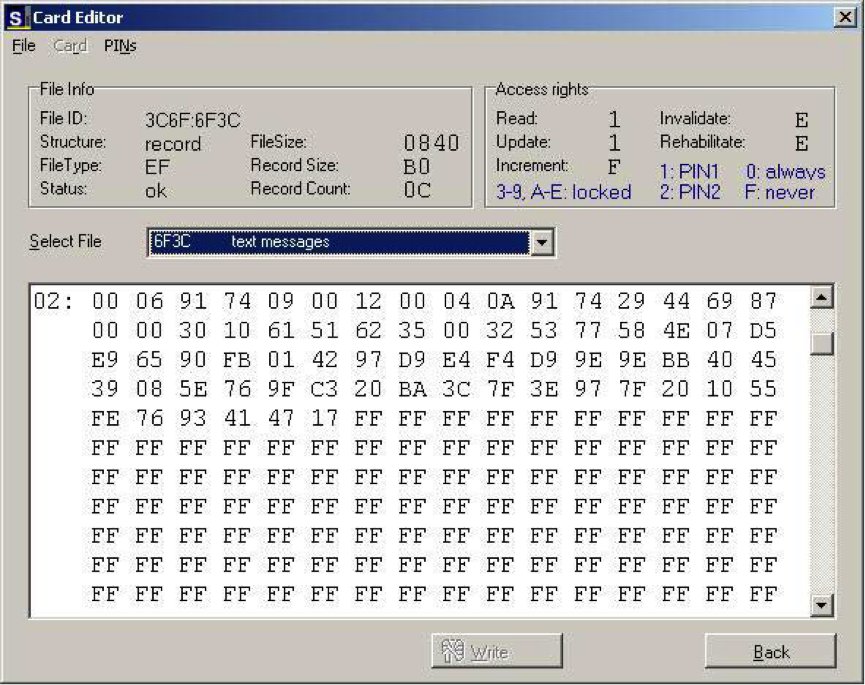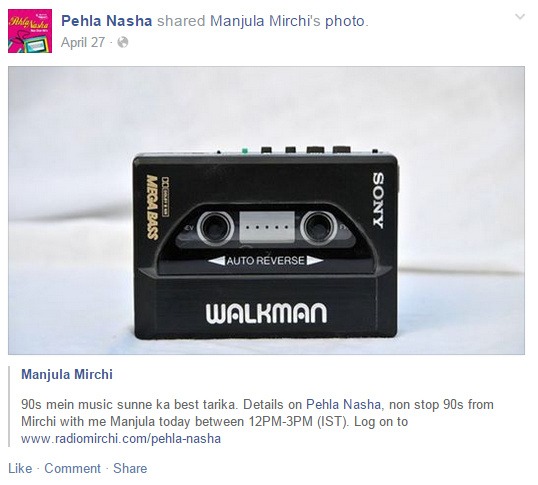Social Media
-
Item Numbers and Loudness
This is the third research note from Silpa Mukherjee, one of the short-term social media research fellows at The Sarai Programme. MORTY ROSENFIELD WAS SO STONED on Euphoria, a hot new synthetic drug, that he danced faster than a speeding cursor on a computer screen. It was 3 o’ clock one morning last July at…
-
Works of Three Net Artists in India: 1999 Onwards
This is the third research note from Charu Maithani, one of the short-term social media research fellows at The Sarai Programme. In 1999, Baiju Parthan paid serious attention to the changes that were slowly taking place with the novelty of the internet. The next advancement since industrial revolution, the world wide web was becoming a…
-
Phantasmal Tidings: Cell Phone Technology and Forensics
This is the third research note from Pallavi Paul, one of the short-term social media research fellows at The Sarai Programme. Entering the cyber cell of the Economic Offences Wing (Delhi Police) is like walking into a time lag. One of the few air-conditioned rooms in the Mandir Marg police station building, it sits on…
-
The Role of Classification in Facilitating Identities for the Internet: The Case of VoIP Regulation
This is the third research note from Smarika Kumar, one of the short-term social media research fellows at The Sarai Programme. In previous posts, I have focused on judicial discussions and reasoning, particularly upon how the authority of law over a certain vision of the internet is sought to be established through the process of…
-
Creating Authority of Law Over a New Technology: Reflections from Shreya Singhal
This is the second research note from Smarika Kumar, one of the short-term social media research fellows at The Sarai Programme. The life of law is built upon the interpretation of words, terms, phrases in language, along with the claims of precision in relevant contexts. More than ever, analogies are a potent tool in…
-
Imago Aevitas: Beginnings of Art Projects on the Internet in India and the World
This is the second research note from Charu Maithani, one of the short-term social media research fellows at The Sarai Programme. Net.art is associated with certain aesthetics and ethics of artists, designers and technologists in the mid-1990s. The term net.art has an interesting anecdote on how it got the name. In December 1995 Vuk Cosic,…
-
Can Speak? Will Speak: Interpreting Digital Forensics
This is the second research note from Pallavi Paul, one of the short-term social media research fellows at The Sarai Programme. In truth the subtle web of thought Is like the weaver’s fabric wrought: One treadle moves a thousand lines, Swift darts the shuttle to and fro, Unseen the threads together flow, A thousand knots…
-
Starlets as Item Girls #OBSCENITYDEBATES
This is the second research note from Silpa Mukherjee, one of the short-term social media research fellows at The Sarai Programme. Dances have remained an integral part of our culture, life and films for all times. But for a long time one has failed to see any worthwhile dance in our films. I remember those…
-
Streaming Nostalgia: Listening to Nineties Film Music Online
This is the second research note from Abhija Ghosh, one of the short-term social media research fellows at The Sarai Programme. The reactivation of nineties Hindi cinema in public memory through several media processes, despite its reputation of being the culturally bad object, consistently critiqued for its aesthetic values, repetitive genre conventions and maudlin romantic…
-
Charting e-Territory: How Khabar Lahariya made the Digital Transition
This is the second research note from Mrinalika Roy, one of the short-term social media research fellows at The Sarai Programme. In 2014, when Khabar Lahariya bagged the Global Media Forum Award hosted by Deutsche Welle [1], it was a watershed moment for the rural newspaper that had ventured online only in 2013. It showed first-hand how internet can help an NGO reach a wider audience. “Online votes played a big part in our victory. It helped us get noticed by the judges. We were surprised by the level of support we received,” said Poorvi Bhargava, editorial coordinator for Khabar Lahariya. To say that technology has been a boon for the rural newspaper would not be unwarranted.








